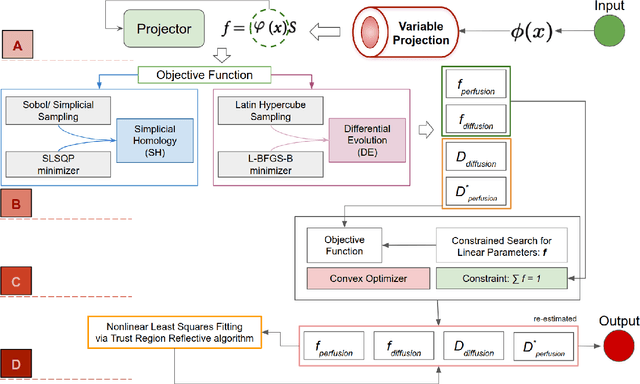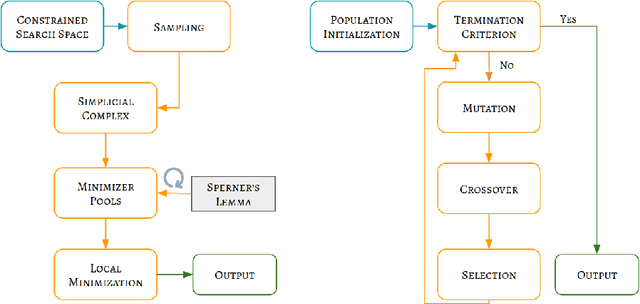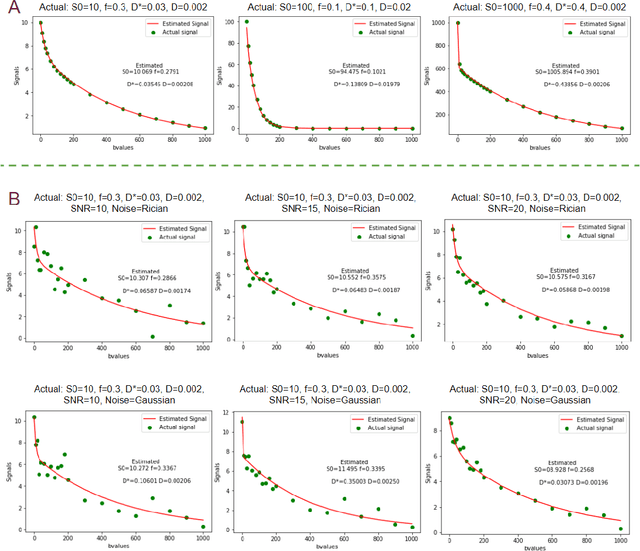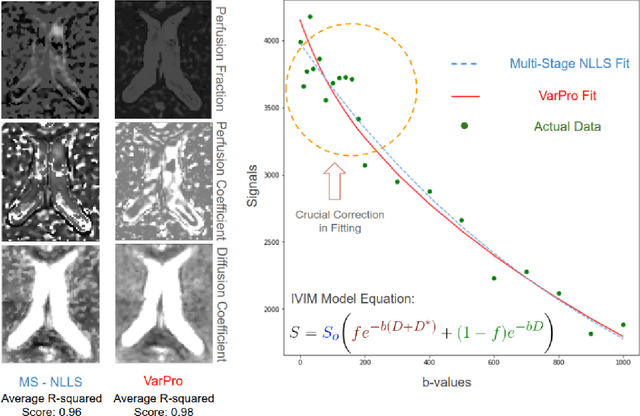Shahnawaz Ahmed
Better than classical? The subtle art of benchmarking quantum machine learning models
Mar 14, 2024



Abstract:Benchmarking models via classical simulations is one of the main ways to judge ideas in quantum machine learning before noise-free hardware is available. However, the huge impact of the experimental design on the results, the small scales within reach today, as well as narratives influenced by the commercialisation of quantum technologies make it difficult to gain robust insights. To facilitate better decision-making we develop an open-source package based on the PennyLane software framework and use it to conduct a large-scale study that systematically tests 12 popular quantum machine learning models on 6 binary classification tasks used to create 160 individual datasets. We find that overall, out-of-the-box classical machine learning models outperform the quantum classifiers. Moreover, removing entanglement from a quantum model often results in as good or better performance, suggesting that "quantumness" may not be the crucial ingredient for the small learning tasks considered here. Our benchmarks also unlock investigations beyond simplistic leaderboard comparisons, and we identify five important questions for quantum model design that follow from our results.
Gradient-descent quantum process tomography by learning Kraus operators
Aug 01, 2022



Abstract:We perform quantum process tomography (QPT) for both discrete- and continuous-variable quantum systems by learning a process representation using Kraus operators. The Kraus form ensures that the reconstructed process is completely positive. To make the process trace-preserving, we use a constrained gradient-descent (GD) approach on the so-called Stiefel manifold during optimization to obtain the Kraus operators. Our ansatz uses a few Kraus operators to avoid direct estimation of large process matrices, e.g., the Choi matrix, for low-rank quantum processes. The GD-QPT matches the performance of both compressed-sensing (CS) and projected least-squares (PLS) QPT in benchmarks with two-qubit random processes, but shines by combining the best features of these two methods. Similar to CS (but unlike PLS), GD-QPT can reconstruct a process from just a small number of random measurements, and similar to PLS (but unlike CS) it also works for larger system sizes, up to at least five qubits. We envisage that the data-driven approach of GD-QPT can become a practical tool that greatly reduces the cost and computational effort for QPT in intermediate-scale quantum systems.
Classification and reconstruction of optical quantum states with deep neural networks
Dec 03, 2020



Abstract:We apply deep-neural-network-based techniques to quantum state classification and reconstruction. We demonstrate high classification accuracies and reconstruction fidelities, even in the presence of noise and with little data. Using optical quantum states as examples, we first demonstrate how convolutional neural networks (CNNs) can successfully classify several types of states distorted by, e.g., additive Gaussian noise or photon loss. We further show that a CNN trained on noisy inputs can learn to identify the most important regions in the data, which potentially can reduce the cost of tomography by guiding adaptive data collection. Secondly, we demonstrate reconstruction of quantum-state density matrices using neural networks that incorporate quantum-physics knowledge. The knowledge is implemented as custom neural-network layers that convert outputs from standard feedforward neural networks to valid descriptions of quantum states. Any standard feed-forward neural-network architecture can be adapted for quantum state tomography (QST) with our method. We present further demonstrations of our proposed [arXiv:2008.03240] QST technique with conditional generative adversarial networks (QST-CGAN). We motivate our choice of a learnable loss function within an adversarial framework by demonstrating that the QST-CGAN outperforms, across a range of scenarios, generative networks trained with standard loss functions. For pure states with additive or convolutional Gaussian noise, the QST-CGAN is able to adapt to the noise and reconstruct the underlying state. The QST-CGAN reconstructs states using up to two orders of magnitude fewer iterative steps than a standard iterative maximum likelihood (iMLE) method. Further, the QST-CGAN can reconstruct both pure and mixed states from two orders of magnitude fewer randomly chosen data points than iMLE.
Quantum State Tomography with Conditional Generative Adversarial Networks
Aug 07, 2020



Abstract:Quantum state tomography (QST) is a challenging task in intermediate-scale quantum devices. Here, we apply conditional generative adversarial networks (CGANs) to QST. In the CGAN framework, two duelling neural networks, a generator and a discriminator, learn multi-modal models from data. We augment a CGAN with custom neural-network layers that enable conversion of output from any standard neural network into a physical density matrix. To reconstruct the density matrix, the generator and discriminator networks train each other on data using standard gradient-based methods. We demonstrate that our QST-CGAN reconstructs optical quantum states with high fidelity orders of magnitude faster, and from less data, than a standard maximum-likelihood method. We also show that the QST-CGAN can reconstruct a quantum state in a single evaluation of the generator network if it has been pre-trained on similar quantum states.
Fitting IVIM with Variable Projection and Simplicial Optimization
Oct 07, 2019



Abstract:Fitting multi-exponential models to Diffusion MRI (dMRI) data has always been challenging due to various underlying complexities. In this work, we introduce a novel and robust fitting framework for the standard two-compartment IVIM microstructural model. This framework provides a significant improvement over the existing methods and helps estimate the associated diffusion and perfusion parameters of IVIM in an automatic manner. As a part of this work we provide capabilities to switch between more advanced global optimization methods such as simplicial homology (SH) and differential evolution (DE). Our experiments show that the results obtained from this simultaneous fitting procedure disentangle the model parameters in a reduced subspace. The proposed framework extends the seminal work originated in the MIX framework, with improved procedures for multi-stage fitting. This framework has been made available as an open-source Python implementation and disseminated to the community through the DIPY project.
 Add to Chrome
Add to Chrome Add to Firefox
Add to Firefox Add to Edge
Add to Edge